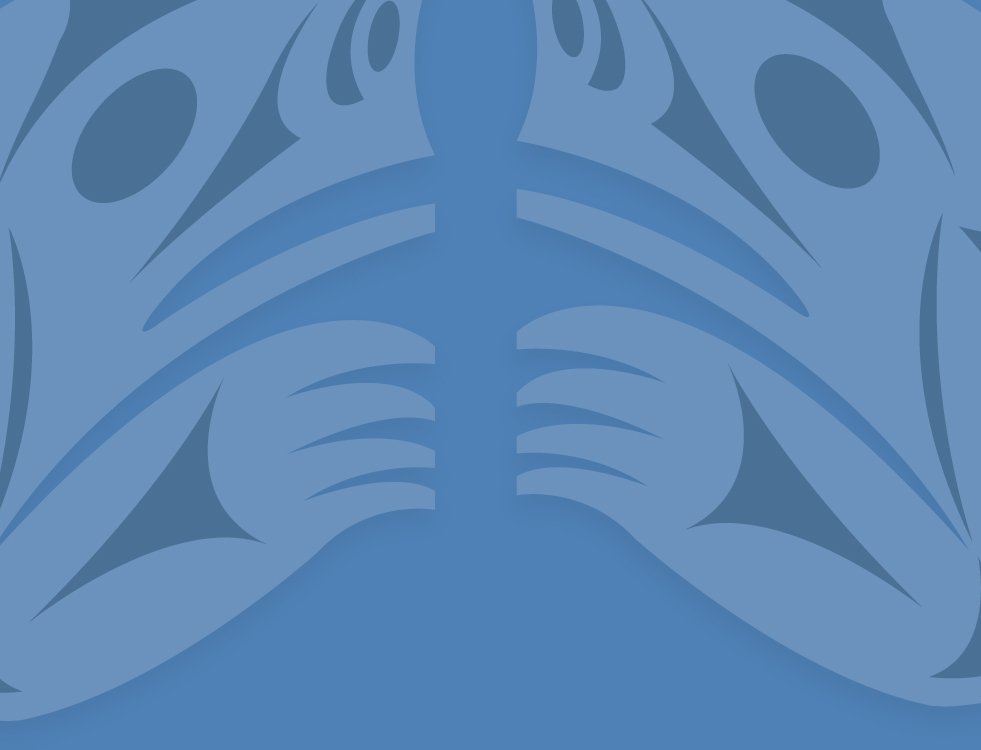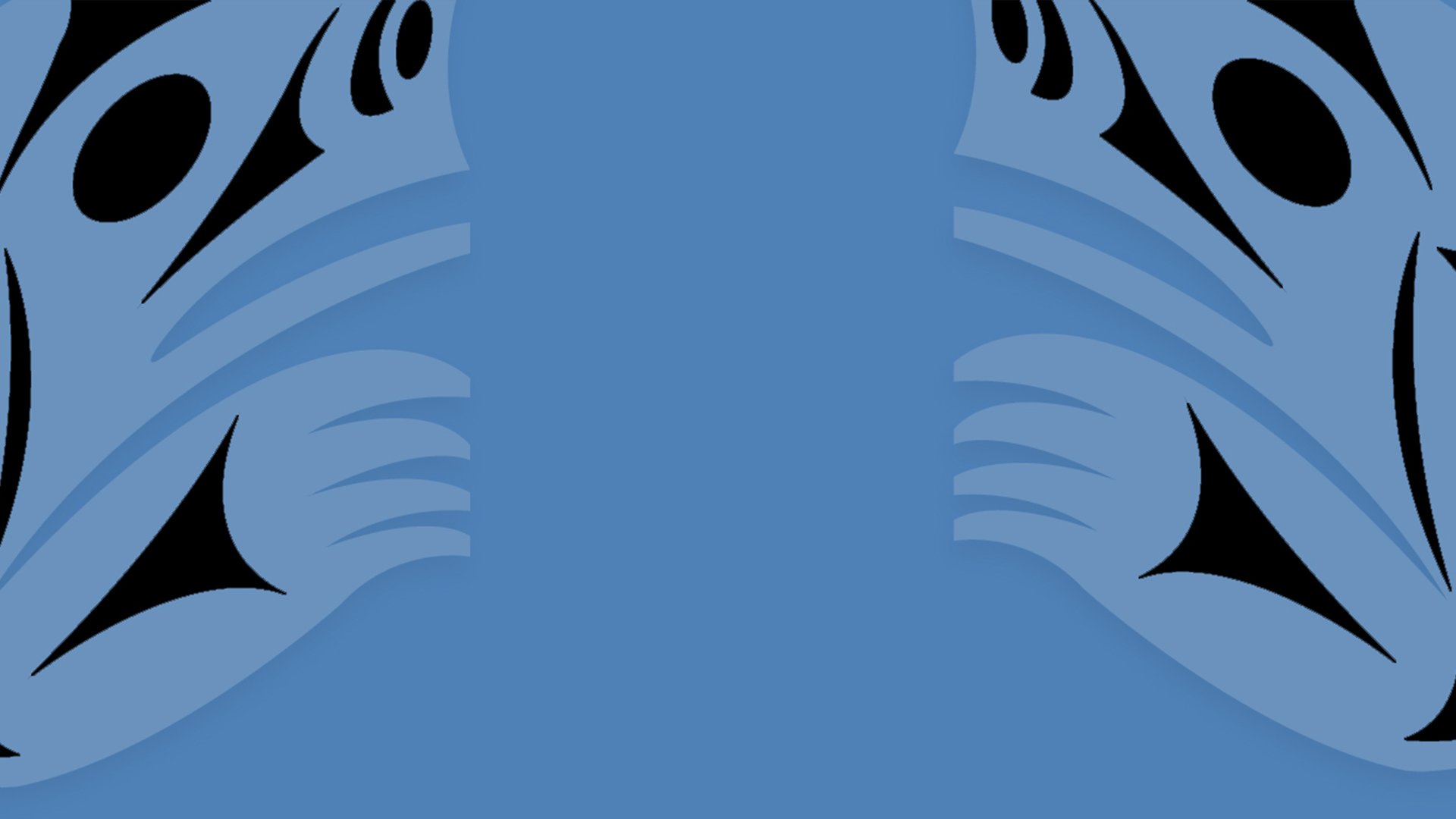
FAQ
Frequently Asked Questions

-
The Indigenous laws will NOT be applied if they are deemed contrary to the ‘Best Interests of the Child’. The Act sets out primary considerations of a child’s best interest. It includes:
the child’s physical, emotional and psychological safety, security and well-being;
the importance, for that child, of having an ongoing relationship with their family and Indigenous group, community or people to which they belong; and
preserving the child’s connection to his or her culture.
Secondary considerations include:
the child’s cultural, linguistic, religious and spiritual upbringing and heritage;
the child’s age and stage of development;
the nature and strength of the child’s relationship with his or her parents, care provider and any member of his or her family;
the importance of the child’s ongoing relationship with his or her Indigenous family, community, language and territory;
the child’s views and preferences, considering the child’s age;
any plans for the child’s care including care in accordance with the customs and traditions of the Indigenous group;
any family violence and its impact on the child, whether it is direct, indirect and whether the violence is physical, psychological or emotional; and
any civil or criminal proceeding, order, condition, or other measure that is relevant to the safety, security and well-being of the child.
However, the ‘Best Interests of the Child’ are to be interpreted in a way that is consistent with the Indigenous law of the community to which the child belongs.
-
An Act respecting First Nations, Inuit and Métis children, youth and families provides a way for Indigenous communities to take back their authority and power over child and family services. It recognizes the inherent Indigenous jurisdiction over this area BUT sets out certain limits.
When there are conflicts or inconsistencies between federal, provincial and Indigenous laws, the Indigenous law generally wins out.
However, Indigenous laws are subject to the application of the Charter of Rights and Freedoms and the Canadian Human Rights Act.
Additionally, when a child belongs to two Indigenous groups or has ties to multiples communities, the Indigenous laws of the group deemed to have ‘Stronger Ties’ will apply.
The Indigenous laws will NOT be applied if they are deemed contrary to the ‘Best Interests of the Child’. The Act sets out what considerations are made in this assessment.
In summary, Indigenous jurisdiction is limited by the Act in three major ways:
Indigenous laws must be consistent with the Charter of Rights and Freedoms and the Canadian Human Rights Act.
Children who belong to multiple Indigenous groups will fall under the jurisdiction of the community that they have ‘Stronger Ties’ to.
Indigenous laws are not applicable if they are contrary to the ‘Best Interests of the Child’.

